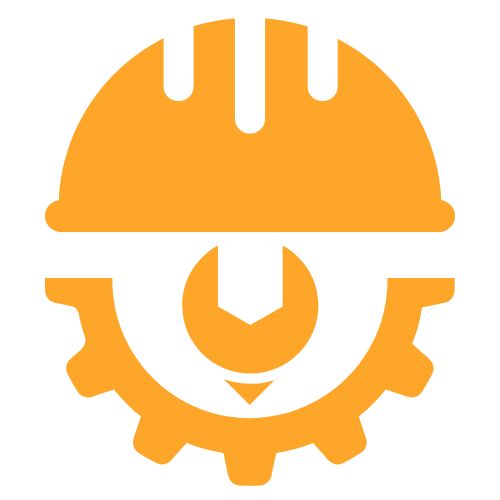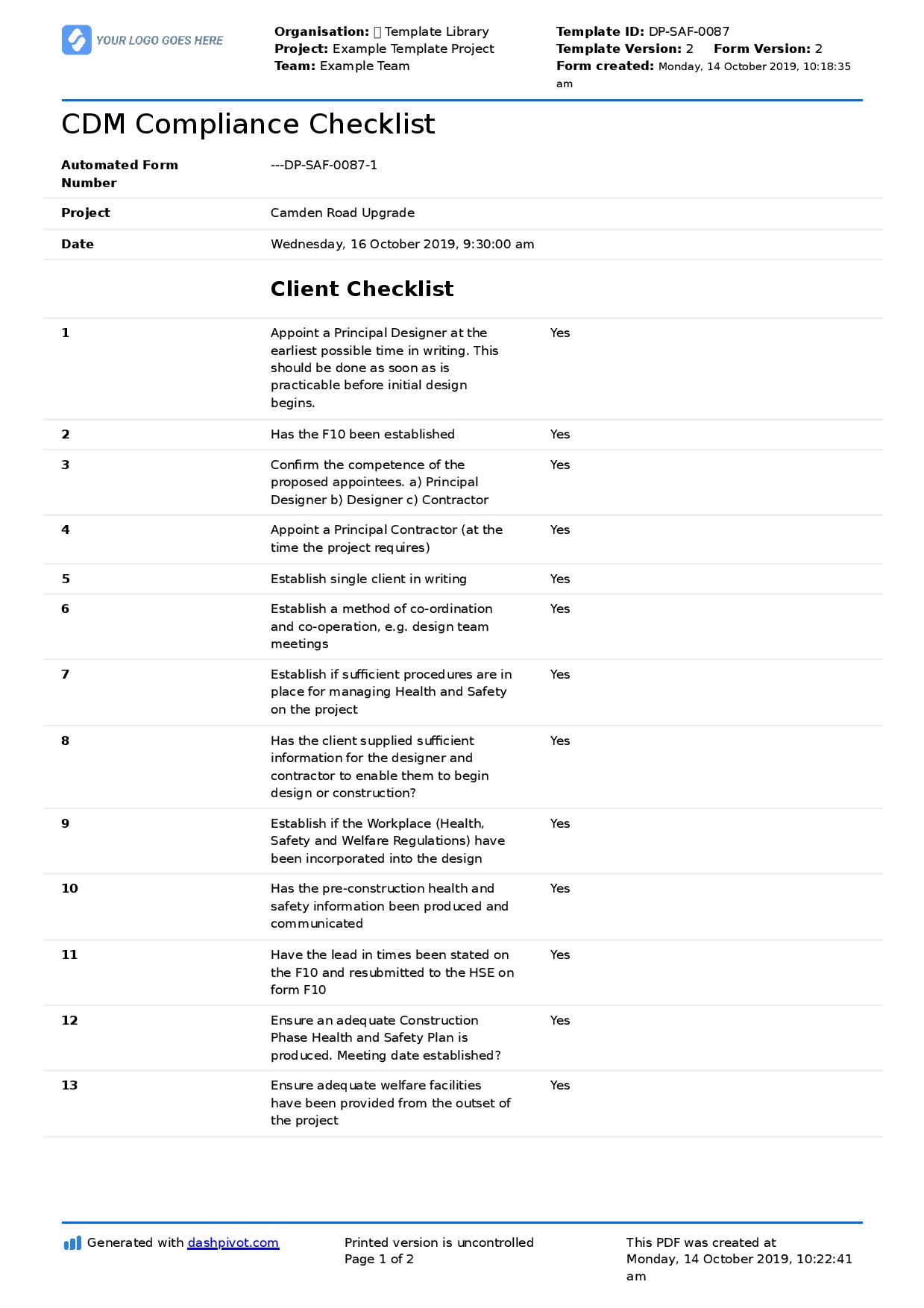Navigate the complex world of CDM regulations with confidence – discover how these vital safety protocols are transforming UK construction sites.
The Construction (Design and Management) Regulations 2015 (CDM) represent the cornerstone of construction safety in the United Kingdom. These comprehensive regulations have revolutionised how the industry approaches health and safety, making it an essential framework for everyone involved in construction projects. With construction-related injuries costing the UK economy over £16.2 billion annually, understanding and implementing CDM regulations effectively has never been more crucial.
Understanding CDM Regulations: The Basics
CDM regulations are legally binding rules that apply to all construction projects in the UK, from small residential renovations to large-scale commercial developments. Introduced in 1994 and significantly updated in 2015, these regulations ensure that construction projects are planned and executed with proper consideration for health and safety. The regulations specifically focus on integrating health and safety into project management from the very beginning, rather than treating it as an afterthought. Recent statistics show that proper implementation of CDM regulations has contributed to a 28% reduction in workplace accidents across UK construction sites since 2015.
Key Duty Holders Under CDM
The Client’s Responsibilities
Clients, whether commercial or domestic, bear significant responsibilities under CDM regulations. Their primary duties include:
- Appointing competent principal designers and contractors
- Ensuring sufficient time and resources for all stages of the project
- Providing pre-construction information to all relevant parties
- Verifying that the construction phase plan is in place
- Maintaining and updating the health and safety file
Principal Designer Duties
The principal designer, typically appointed during the pre-construction phase, must ensure that health and safety considerations are integrated into the design process. Their responsibilities include:
- Identifying and eliminating potential risks during the design phase
- Coordinating with other designers and the principal contractor
- Preparing and providing relevant information for the health and safety file
- Ensuring all designers comply with their duties under CDM
Principal Contractor Obligations
The principal contractor takes charge of the construction phase, managing health and safety on-site. Their key responsibilities encompass planning, managing, and coordinating the construction work to ensure it’s carried out safely and without risks to health. Statistics indicate that sites with effective principal contractor management see 45% fewer safety incidents.
Essential Documentation and Procedures
Pre-Construction Information
Pre-construction information forms the foundation of project safety planning. This crucial documentation must include:
- Site-specific hazards and risks
- Existing drawings and technical information
- Previous structure history and surveys
- Underground services and utilities information
- Relevant planning and building control requirements
Construction Phase Plan
The construction phase plan is a dynamic document that outlines how health and safety will be managed during construction. This comprehensive plan must be project-specific and proportionate to the risks involved. Research shows that projects with detailed construction phase plans are 60% less likely to experience serious safety incidents.
Health and Safety File
The health and safety file serves as a living record of health and safety information for the project. It must be maintained throughout the construction phase and handed over to the client upon completion. This essential document provides crucial information for future maintenance, modification, or demolition work.
Practical Implementation of CDM
Successful implementation of CDM regulations requires a systematic approach focusing on risk assessment, communication, and continuous monitoring. Key strategies include regular site inspections, toolbox talks, and maintaining clear communication channels between all duty holders. Industry data suggests that sites implementing comprehensive CDM practices see a 75% reduction in near-miss incidents.
Common Challenges and Solutions
Common challenges in CDM compliance include:
- Unclear allocation of responsibilities
- Inadequate communication between parties
- Insufficient resources for health and safety management
- Poor documentation and record-keeping
Solutions to these challenges typically involve establishing clear communication protocols, implementing robust management systems, and ensuring adequate training for all personnel.
Future of CDM Regulations
The future of CDM regulations is likely to see increased integration with digital technologies and building information modelling (BIM). Industry experts predict that by 2025, 85% of construction projects will use digital platforms for CDM compliance. Emerging trends include real-time risk monitoring, automated compliance checking, and enhanced collaboration tools.
Expert Tips for CDM Compliance
- Establish clear roles and responsibilities from project inception
- Invest in comprehensive training for all team members
- Implement digital tools for documentation and communication
- Regular review and update of safety procedures
- Maintain open communication channels between all parties
- Document all decisions and actions related to health and safety
Final Thoughts: Ensuring Construction Safety Success
Effective implementation of CDM regulations requires commitment, coordination, and continuous improvement from all parties involved. By following the guidelines outlined in this article and staying updated with industry best practices, construction professionals can create safer workplaces and deliver successful projects. Remember, CDM compliance isn’t just about meeting legal requirements – it’s about protecting lives and ensuring the sustainable growth of the UK construction industry.
FAQ
What is a CDM?
A CDM, or certified dietary manager, is a professional in the foodservice industry who manages a facility’s foodservice operations and procedures. Certified dietary managers typically work for public facilities like cafeterias, schools, hospitals or other clinical facilities that serve food to patients.
What is the role of a CDM manager?
A CDM (Construction Design and Management) Coordinator is a qualified Health and Safety whose role is to advise the Client on health and safety issues during the design and planning phases of construction work and is someone who has and knowledge and experience of planning, management, construction, and communications.
Sources
[1] https://en.wikipedia.org/wiki/Clean_Development_Mechanism
[2] https://www.cisa.gov/resources-tools/programs/continuous-diagnostics-and-mitigation-cdm-program
[3] https://www.carahsoft.com/cdm


Leave a Reply